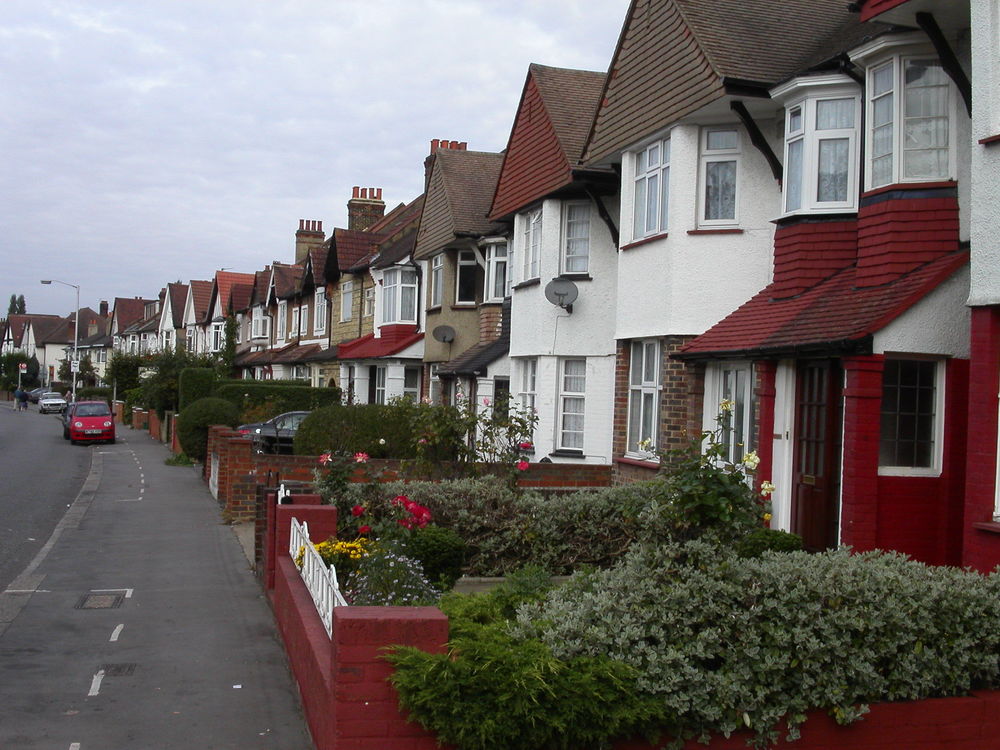
The mismatch between what price sellers expected to achieve on their home and what buyers were prepared to pay often prompted more negotiation last year, according to the latest research from Hamptons.
Figures from the nationwide estate agent show that while 24% of sellers in England & Wales still sold above their asking price in 2023, 55% achieved less than they asked.
This marked a significant change from 2022’s heated market. However, a lack of forced sellers continued to put a floor under prices and meant that more vendors sold above their asking price than in any year between 2008 and 2020.
Of those buyers successfully negotiating a deal last year, they achieved a 3.5% discount on average, less than the 5.1% discount negotiated in 2009 when prices were falling further and faster.
In terms of prices being achieved, November appeared to mark the bottom of the market. Two months ago, the average seller in England & Wales sold their home for 98.3% of the final asking price, down from a record 101.3% when the market peaked in April 2022.
However, November’s figure partly reflected the fact that homes that had been on the market for a while increasingly began to sell towards the end of the year as confidence improved. Consequently, asking to achieved prices picked back up to 98.6% in December, exceeding the pre-Covid monthly average of 97.4%.
As affordability improves and demand strengthens, Hamptons suggests it’s likely that buyers will have a little less negotiating power than they did in 2023. This recovery in 2024 is set to be led by Southern areas where high mortgage rates cooled demand the most during 2023.
The North East was the only region where the average seller continued to sell their home above the asking price last year. Meanwhile regions that saw some of the strongest price growth in 2022, such as Yorkshire & The Humber, the South West and North West, saw the biggest falls in the ratio of asking to achieved prices last year.
Commenting on the latest figures, Hampton’s head of research Aneisha Beveridge said: “2023 will go down as a subdued year for the housing market. The cost-of- living squeeze coupled with yo-yoing mortgage rates created an air of uncertainty and meant that households chose to sit tight rather than move. But while transactions bore the brunt of the slowdown, a house price crash didn’t materialise. Instead, price falls were limited to a maximum of 5% across the country.
She added: “In line with our forecast, it’s likely we’ll end the year with around 1m homes changing hands across Great Britain, 19% or 230k fewer than in 2022. However, green shoots appeared as the year progressed. Confidence among house hunters began to return, prompted by falling mortgage rates and greater economic stability”.
Consequently, Beveridge believes the housing market is entering the New Year on a much firmer footing than it was 12 months ago.
“Although confidence could still be vulnerable to economic shocks and global events, we expect to see more prospective buyers enter the market this year, many of whom sat tight in 2023. This might start to shift the power back into the hands of those selling and should also begin to put a floor under prices, limiting the chance of further falls.”



